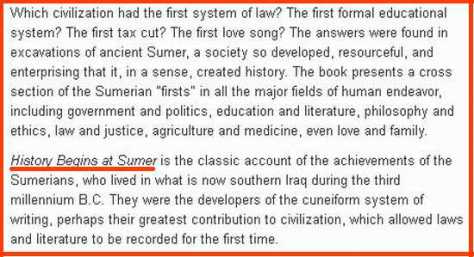The Best movie explaining Noah’s Flood Ever made?
This is a pretty good scientific video on the historical global Flood. I am sure the maker has visited our blog as he uses some of our graphics and maybe got a few ideas from our articles. He also doesn’t try to use a mainly Bible quoting stratagem, although he does in the beginning just a little and at the end.
But he dives into the details of geological proofs, that the Flood is THE best explanation of the geological features of our planet, that the fault lines are THE evidence and cause of the Floodwaters coming from beneath the crust. Unfortunately he must not have watched Nathan Hoffman’s video about the new Flood date of the 3000 BC Flood, based on the Greek Septuagint translation, but still sticks to a 2.350 BC some flood.
I noticed though that he didn’t mention the hydro-plate and hydro-planing theory of Walt Brown which I do support, whereas he does support the subduction theory of the plates that appear as lava and are expulsed at the mid-oceanic rifts and then disappear under the land crust to be remelted. I am not a geologist enough, but I have heard and read some voices that do NOT support that for a lack of evidence, which I kind of agreed with.

SUBDUCTION MECHANISM REQUIRES “MILLIONS” OF YEARS?
I am not a trained geologist, so I wouldn’t be able to put it into the proper words. But I wonder about subduction because I don’t know how many thousands or “millions” of years would be necessary to divide the continents, IF subduction was the mechanism. If it really was/is “subduction” as Darwinians believe that it took lo-o-o-ong ages to accomplish the continental divide, then it would not be a sudden division as Walt Brown suggests it was, also based on Genesis of course that may suggest that the continental division was a relatively short term event. IF super-slow subduction was the mechanism then it must have greatly slowed down since the parting of the continents event, or Raw Matt – the maker of the video – would have some other reason to support it that we don’t know? Matt Raw waddouyousay? Mostly great video though. Kudos! Besides our graphics did you get any ideas here Matt from our writings? Would love to know!

Our continental divide views here, are more based on Walt Brown’s science and study, and our own theory that the “division of the Earth” during Phaleg (Septuagint) or Peleg’s days refers to the drifting apart of the continents. Why!
Because IMHO the continents could not have drifted apart as stable units or solid enough entities, right at the end of the Flood year, to travel quickly and to rise up as stacks that wouldn’t collapse in onto itself to form mountain ranges, as they wouldn’t be dry enough yet to stay intact and act as one unit to slide or hydroplane away from each other when the basalt Moho began to rise and form the mid oceanic rift – which must have taken some more time than a mere few months – in and below the fault line, which caused the plates to start hydro-planing away from each other. 
I don’t know what kind of mechanism he would support & refer to to explain the sliding? On what? If water, then he would support Walt Brown’s theory. Why doesn’t he mention it? Is he shy to refer to Brown because Brown was attacked by some Creationists with big websites, and he wanted to evade the ‘shame’? I don’t know. Maybe he will tell us in some comment when he sees this article. I’d be interested to hear.
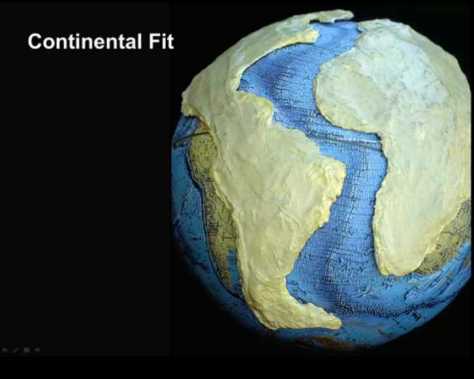
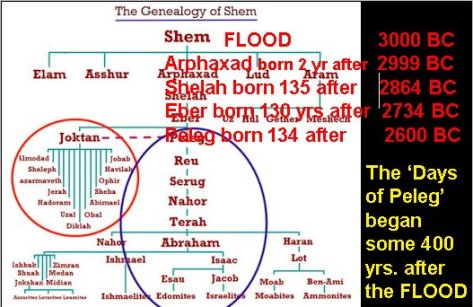
Our view is then that Peleg’s division of the Earth may refer to the geological earth during the continental dividing that must have happened perhaps around 2600 BC, a few centuries (400 yrs. according to original Pentateuch in the Septuagint & the Samaritan Pentateuch) after the 3000 BC Flood, to give the continents enough time to dry out enough to act as a unit and form mountain shelves that wouldn’t collapse but stay intact enough, yet not too dry to prevent the folding of the strata without cracking, which are observed in the strata folding pictures below, where no cracks are observed at all. 
 But, as I said, I am a geological layman and probably don’t use all the proper terminology and so on. But to me it makes perfect sense that the ‘muddy’ continents had to dry out somewhat before they would start traveling and forming super high mountains.
But, as I said, I am a geological layman and probably don’t use all the proper terminology and so on. But to me it makes perfect sense that the ‘muddy’ continents had to dry out somewhat before they would start traveling and forming super high mountains.
That division of the crustal plates is also supported by the facts that – for example- the first tribe of kangaroos and other marsupials had time to flee the preying lion tribes and were able to escape & travel to Australia where they found safety from such predators and were eventually isolated by the ‘continental divide’ and much later as well, by the 1500 BC sea level rise that fully separated Australia from South East Asia. It also flooded Atlantis, Doggerland, Sunda land, Land of Mu, and southern Indian lands like Kumari Kandam, and other places.

So these are some of our reasons to believe the ‘division of the Earth’ took place not at the end of the ± 3000 BC Flood Year, but perhaps 4 centuries later. Which would also give reason to believe that the first pan-world megalithic culture – probably of giants – were able to leave their megalithic structures all over the world, as they were able to hop over or get around the fault-lines to move from continent to continent to built their monstrosities.
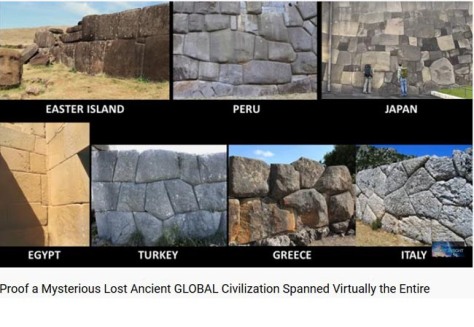
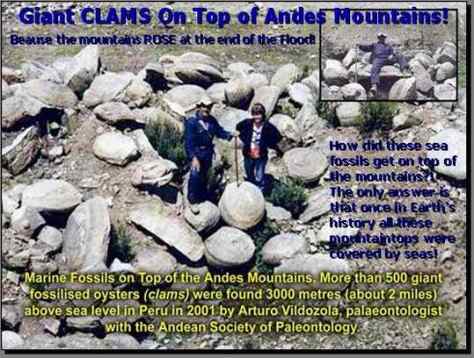
Case in point would be the port-like structures of Puma Punka and Lake Titicaca (see pic below) that BOTH used to be at sea level and were raised into the air several thousands of meters. In the process they were destroyed and broken and the giants probably killed and buried by severe land slides and/or earthquakes. If my theory of a 400 year post Flood physical division of the Earth is true, then that would explain that Puma Punku was built after the Flood and not before the Flood, as Matt Raw believes.
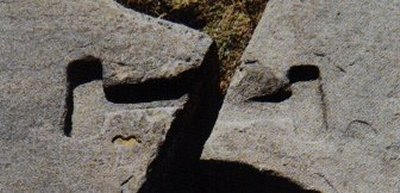
Another proof that Puma Punku was built after the Flood is because of its bronze links between the stones which are also found in many other megalithic ruins in South America, Egypt, as well as many other places. Also if the Puma Punku remains on deeper strata like limestone that would discredit that it was built before the Flood, following the same proof that the Giza pyramids were not built before the Flood as they stand on limestone deposits from the Flood.
But who knows. it all happened 5000 years ago, and that is a mighty long time, so we can’t get dogmatic about our theories, unless they are based on direct proofs & empirical evidence a la Karl Popper. Maybe we are both wrong. You see, I have been wrong before, you know? 🙂
All in all, this Matt’s 2019 video, fills in a lot of empty spaces in the true historical narrative that outwits the Darwinian one 1000 to 1 , and no one knows it all. God bless Matt. Job well done! Every year new historical details of TRUE Non-Darwinian History Science are discovered collectively by many researchers, and we are slowly winning the information war, even though we don’t control big media.
One other thing about Lake Titicaca not being salty like the oceans now, is based on the theory that the Antediluvian ocean was not or much less salty than today’s oceans having 5000 years of run off ever since. If its salt percentage is very small, it could be the result of 1650 years of pre-Flood civilisation run-offs in rivers only, as it didn’t even rain yet before the Flood.
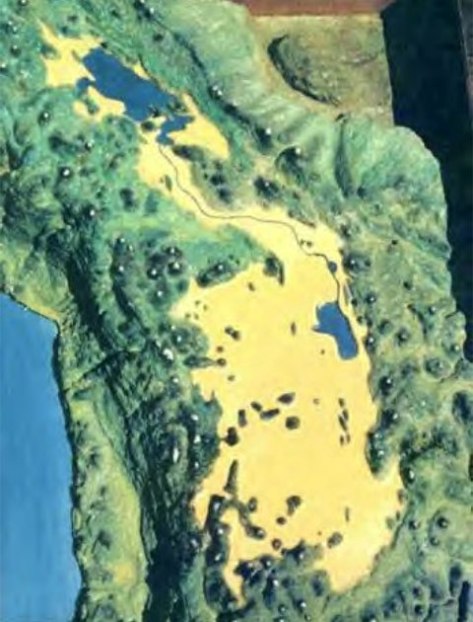
These giants (Nephilim descendants) probably didn’t like to stay around the more civilised, still God-fearing, tribes in the Middle East like Noah and his son Shem’s offspring, as they righteously cramped these cannibals’ style. So that may have been a reason for them to soon move & split the scene to get out of the cultural and religious Mesopotamian center of human birth.
Cham/Ham’s progeny like Kana-an mingled with giants, as reported by Moses in Genesis, and cooperated with them in Canaan and Syria until Joshua and the Israelites made short shrift of them and the surviving giants most likely fled the scene to at first plant themselves in Cyprus, Malta, then Sardinia, and later crossed the Atlantic to begin the Mississippi valley giant Adena cultures and then spread even farther away to Catalina Island, the Aleutian Islands, Fiji islands like Rotuma, and many other Pacific islands where their giant graves are still found today.
Well that’s it for today. Hope you enjoyed our musings and theories and let us know what you think. I sometimes need time to allow comments as I have other activities that are more important, and I check every comment on its merits, as I don’t like trolls.
Stay safe. Don’t fall for the dangerous mRNA injections that have already killed thousands of people and injured many other thousands all over the world. You can get a small sample of these thousands of casualties in the British VAERS reports, but they might only form ONE percent of all cases, as it has been statistically proven that perhaps only ONE percent gets eventually reported. Peace Out!


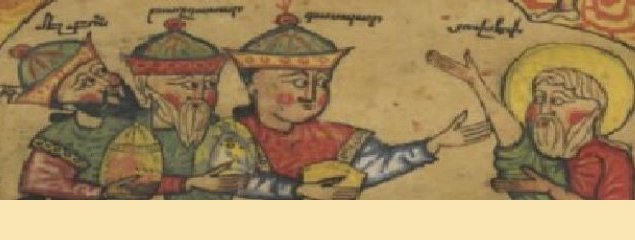

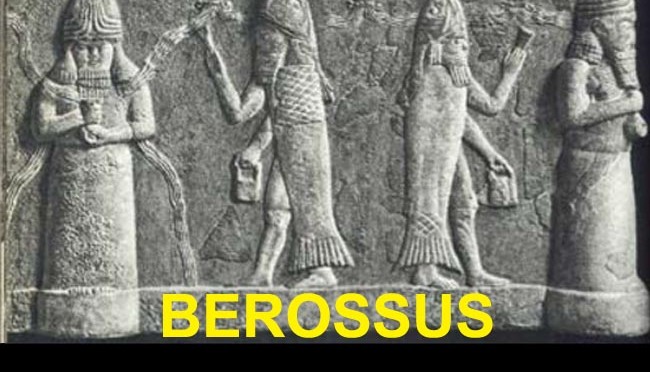

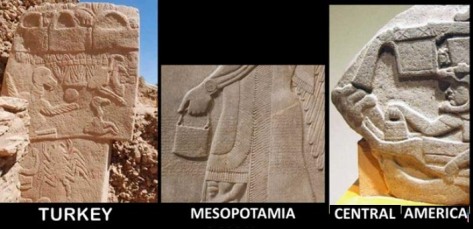
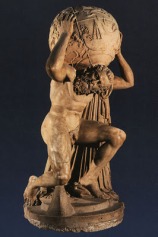
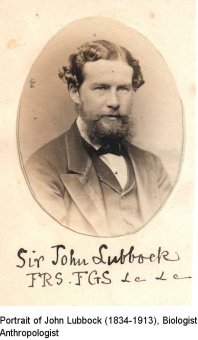 These ideology hucksters prefer the untenable ‘Paleolithic & Neolithic‘ (old stone & new stone ages) periodisation invented by
These ideology hucksters prefer the untenable ‘Paleolithic & Neolithic‘ (old stone & new stone ages) periodisation invented by 

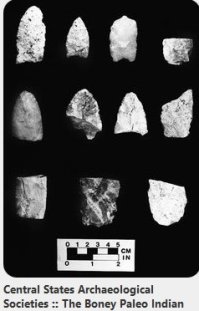 There never was such a thing as a “Paleolithic” where Man majored only on un-polished arrow heads, nor a “Neolithic” where they produced polished arrow-heads, but this video gives ample proof of a universal “Megalithic” when the sea-worthy navy-building
There never was such a thing as a “Paleolithic” where Man majored only on un-polished arrow heads, nor a “Neolithic” where they produced polished arrow-heads, but this video gives ample proof of a universal “Megalithic” when the sea-worthy navy-building 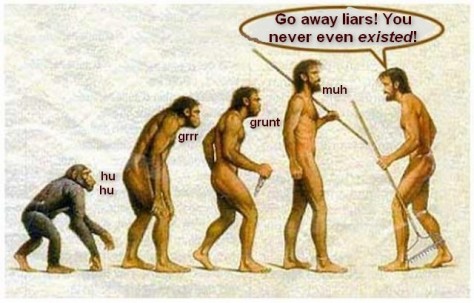
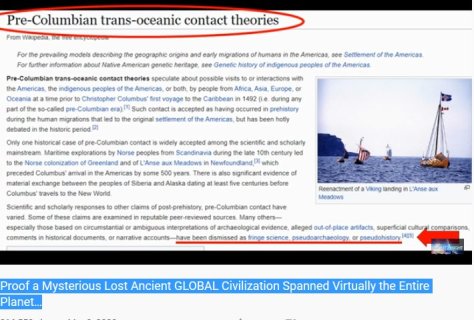
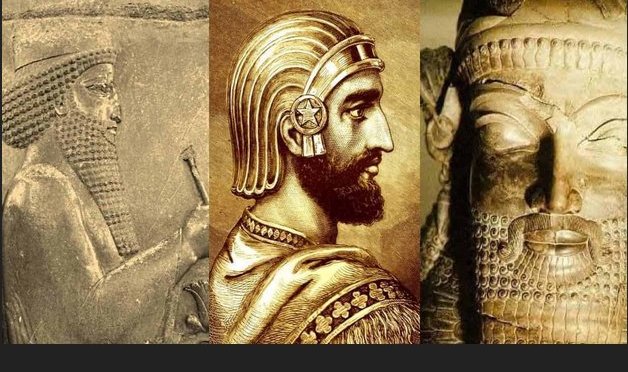



 Sanchuniathon
Sanchuniathon Eusebius
Eusebius


